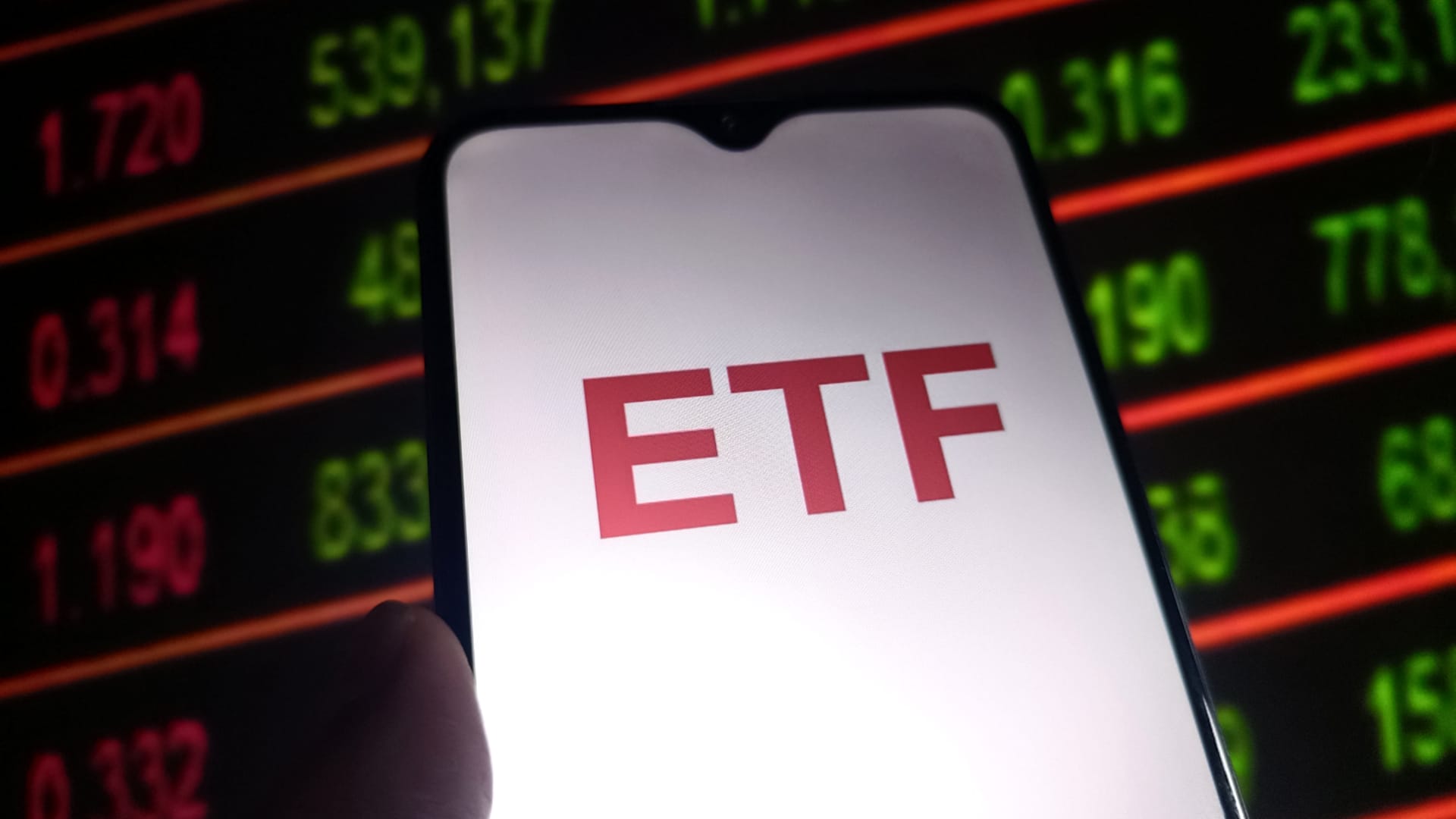Investors have piled into actively managed funds at a much faster pace relative to their passive peers, with their assets under management surpassing $1 trillion for the first time in 2024, data from Morningstar showed. Here are the top 10 ETFs by AUM as of early February: Actively managed ETFs attempt to generate higher returns with the fund manager selecting and churning assets in the portfolio to beat the market, while passive ETFs track a particular index. Active funds charge a higher management fees from investors. The U.S. houses the lion’s share of the active ETFs globally, with the bulk of the top 10 focused on large-cap U.S. equities, while a few track small-cap and fixed income assets. Active ETFs are a “very nascent” category across the globe since ETFs are best known as passive investment vehicles, said Roxanna Islam, head of sector and industry research at TMX VettaFi. “They did not fully take off in the U.S. until the SEC passed ETF rule changes in 2019 that were more supportive of active ETFs,” she told CNBC. The growth rate of active ETFs globally was five times compared with their passive counterparts last year, Morningstar’s annual report showed. Active ETFs’ share of all ETFs rose to 7.8% in 2024 from 6.2% in the previous year. Morningstar also attributed the surge in the popularity of active ETFs to the change in rules by the U.S. Securities and Exchange Commission. The change enabled ETFs to go onto the market without an exemptive order . Previously, funds were mandated to file an application before their ETFs could launch, with their approval often taking months. The list of the top 10 active ETFs by AUM could see changes over the next few years with a greater diversity of asset classes, said Amrita Nandakumar, president at Vident Asset Management. “Given the uncertainty of the current interest rate environment, we could see active fixed income strategies that provide exposure to a specific bond duration or quality gain popularity,” she told CNBC. TMX VettaFi’s Islam said that while the share of fixed income funds will grow over time, equity ETFs will continue to be the largest slice of active ETFs by AUM. “Fixed income markets tend to be less efficient than equity markets, and many investors value the flexibility and rigorous research behind active management especially in an uncertain economic environment,” she said. Limited appeal outside of U.S. The majority of the world’s active ETF assets — 81.27% — are domiciled in the U.S, according to Morningstar. The main issue is cost, said Marc Jocum, product and investment strategist at Global X ETFs. “Just because an active strategy is wrapped in an ETF doesn’t make it any cheaper.” Index ETFs have an average annual management fee of 0.44%, while for active ETFs its is 0.63%, data provided by Morningstar showed. Additionally, the regulatory environment of the countries plays a key role. “The Registered Investment Advisor (RIA) space in other countries isn’t nearly as developed as it is in the United States,” said Don Calcagni, chief investment advisor at Mercer Advisors, who highlighted that investors have been embracing working with the RIAs at the expense of large banks and broker-dealers. Registered Investment Advisors have been at the forefront of utilizing active ETFs, accounting for about 41% of all active ETF assets in the U.S., up from 31% in 2019, a 2024 research by BlackRock showed .





